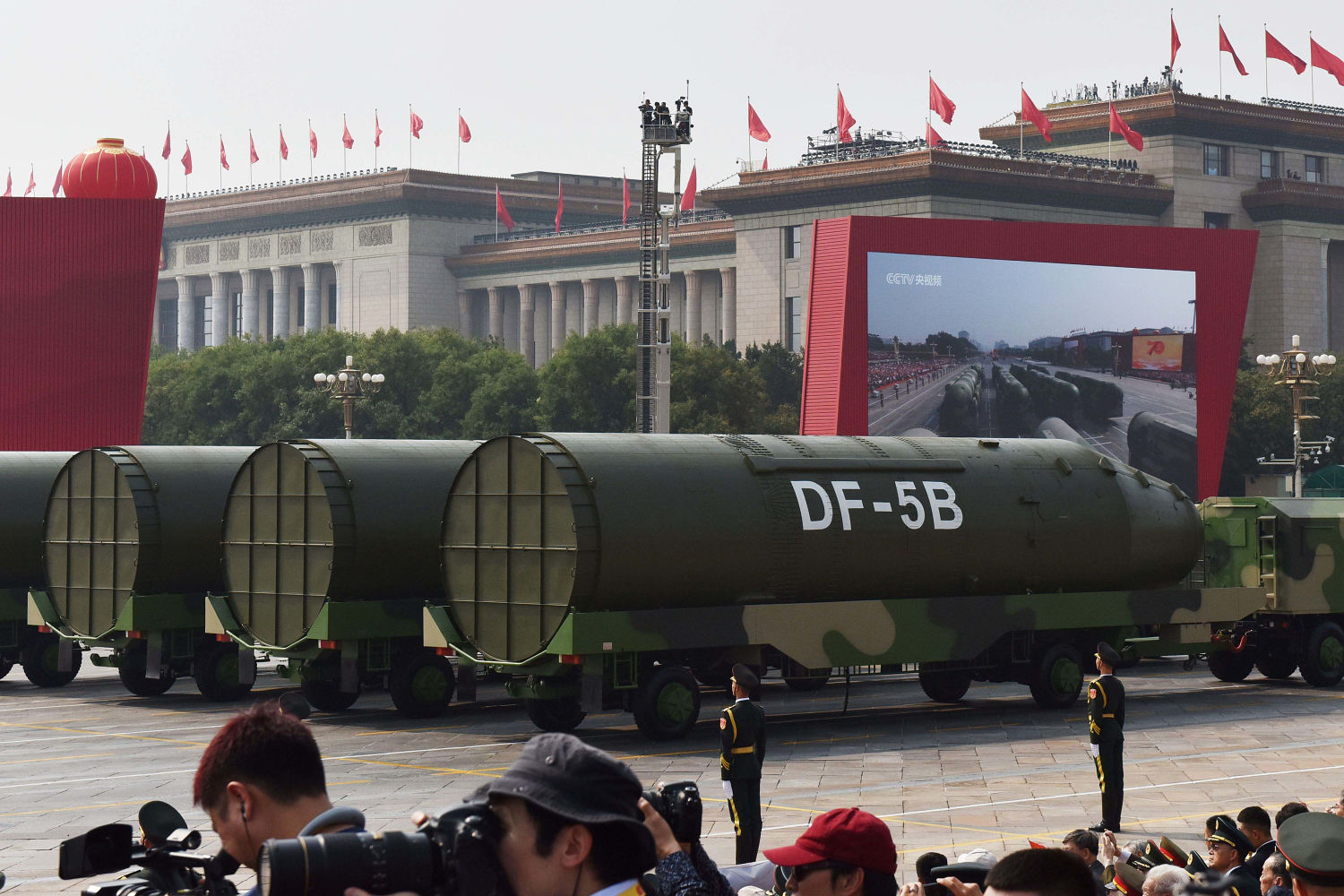
China said Wednesday that it had successfully test-fired an intercontinental ballistic missile into the Pacific Ocean, a rare public test that may raise international concerns as the country builds up its nuclear arsenal at a time of tensions with the United States.
The People’s Liberation Army Rocket Force launched the ICBM carrying a simulated warhead at 8:44 a.m. local time (8:44 p.m. Tuesday ET), the Chinese defense ministry said in a statement, adding that it accurately landed in a predetermined area of the high seas. The path of the missile and the exact place it fell were unclear.
The ministry said the test was a routine part of the Rocket Force’s annual military training. “It is in line with international law and international practice and is not directed against any country or target,” it said.
But analysts said this was the first time China had launched an ICBM into international waters since 1980.
“Unless I’m missing something, I think this is essentially the first time this has happened (and been announced as such) in a long time,” Ankit Panda, a nuclear weapons expert at the Carnegie Endowment for International Peace, said in a post on X.
China’s description of the test as routine and annual “seems odd,” Panda said, “given that they don’t do this sort thing either routinely or annually.”
Relevant countries were notified in advance, according to Xinhua, China’s state-run news agency.
The launch “tested weaponry performance and military training effectiveness and achieved desired goals,” Xinhua reported, citing the defense ministry.
ICBMs typically have a range of more than 3,400 miles and are designed to carry nuclear warheads. Analysts say China usually tests long-range missiles over its own land.
The PLA Rocket Force oversees both conventional and nuclear missiles for China, which the U.S. considers its main threat in the Asia-Pacific region and its greatest security challenge in the long term.
China’s nuclear forces and its military as a whole have been undergoing rapid modernization in accordance with President Xi Jinping’s goal of having a “world class” military by 2049.
China adheres to a “no first use” policy on nuclear weapons, while the U.S. does not. But a Pentagon report last year said China was building up its nuclear arsenal faster than U.S. officials had predicted, and that it was on track to almost quadruple the number of warheads it has to 1,500 by 2035.
The number of warheads in China’s nuclear arsenal grew from 410 in January 2023 to 500 in January 2024, according to an annual assessment released in June by the Stockholm International Peace Research Institute.
That compares with 3,708 active nuclear warheads in the U.S. and 4,380 in Russia, which has the world’s largest arsenal.
China suspended nuclear arms talks with the U.S. in July to protest U.S. arms sales to Taiwan, a self-governing democracy that Beijing claims as its territory.
China’s test on Wednesday comes amid heightened military activity in the Asia-Pacific region, where nuclear-armed North Korea has accelerated its weapons testing since 2022. Last week, North Korea fired several short-range ballistic missiles toward the sea for the second time this month.
The U.S. also deployed an advanced missile system in its treaty ally the Philippines earlier this year that China sees as a threat.

Post a Comment